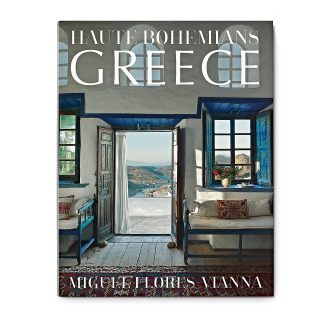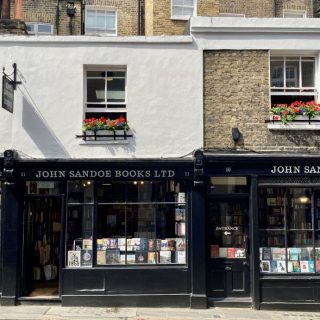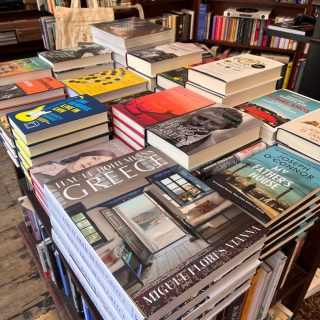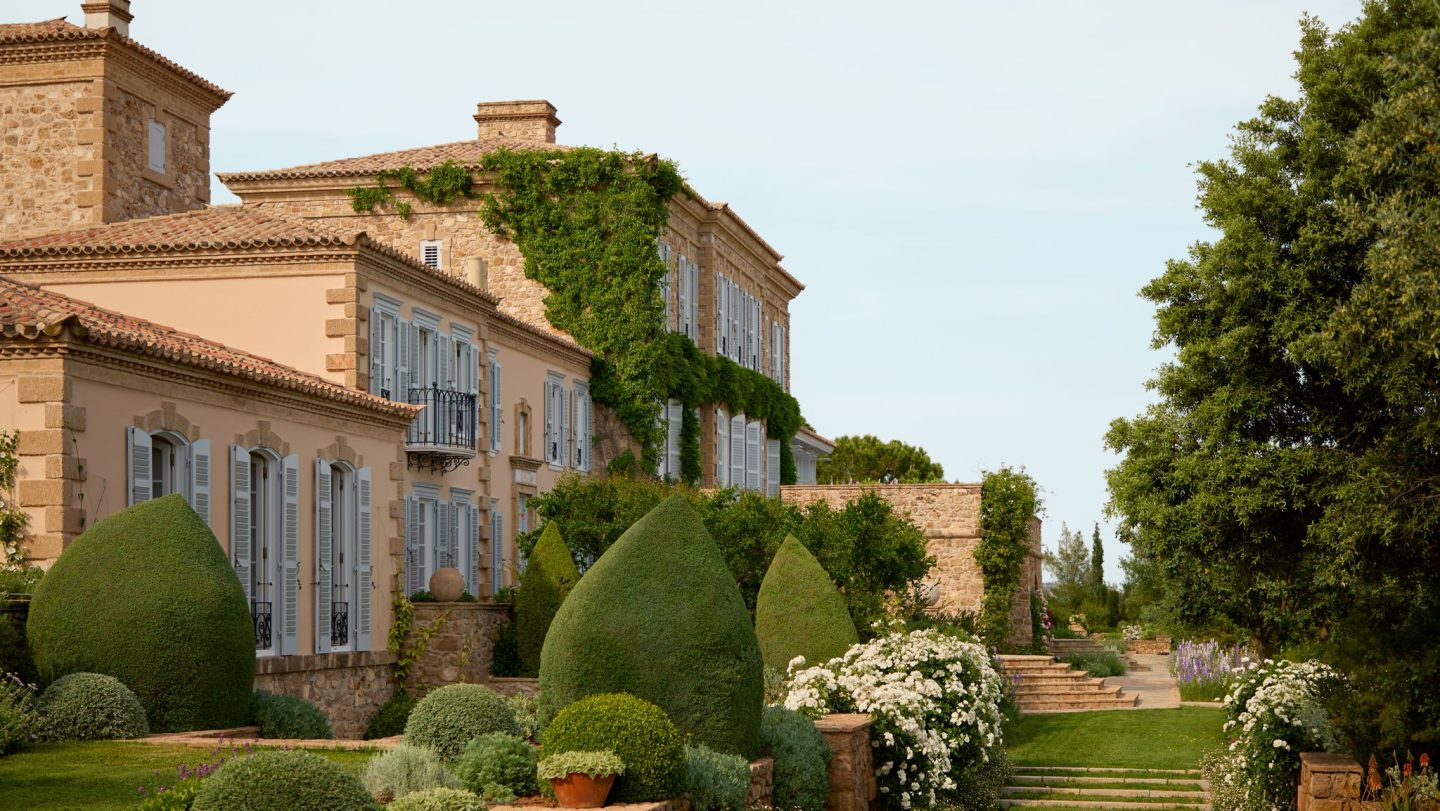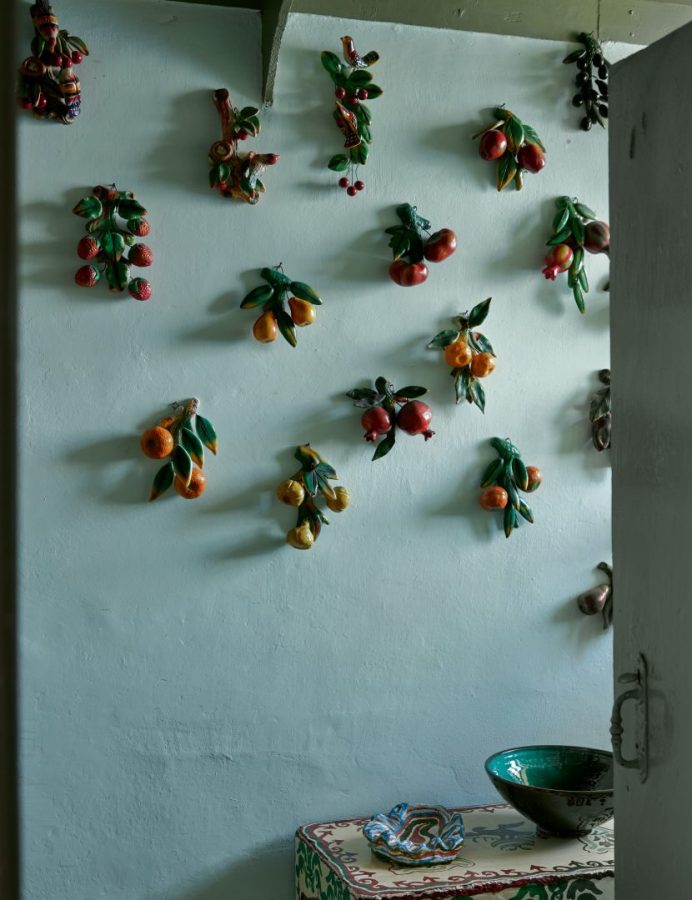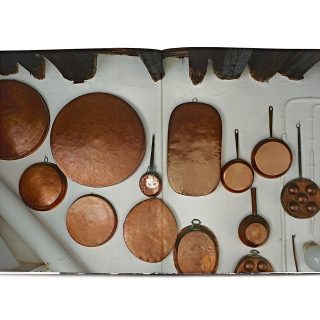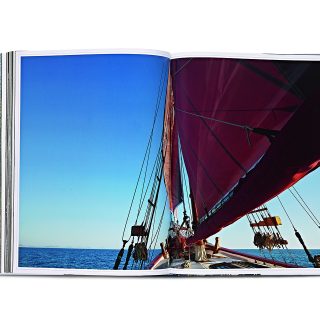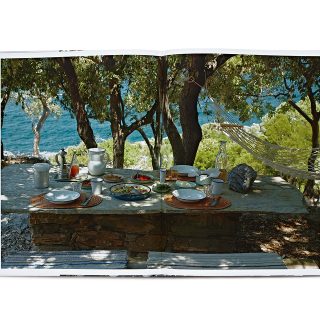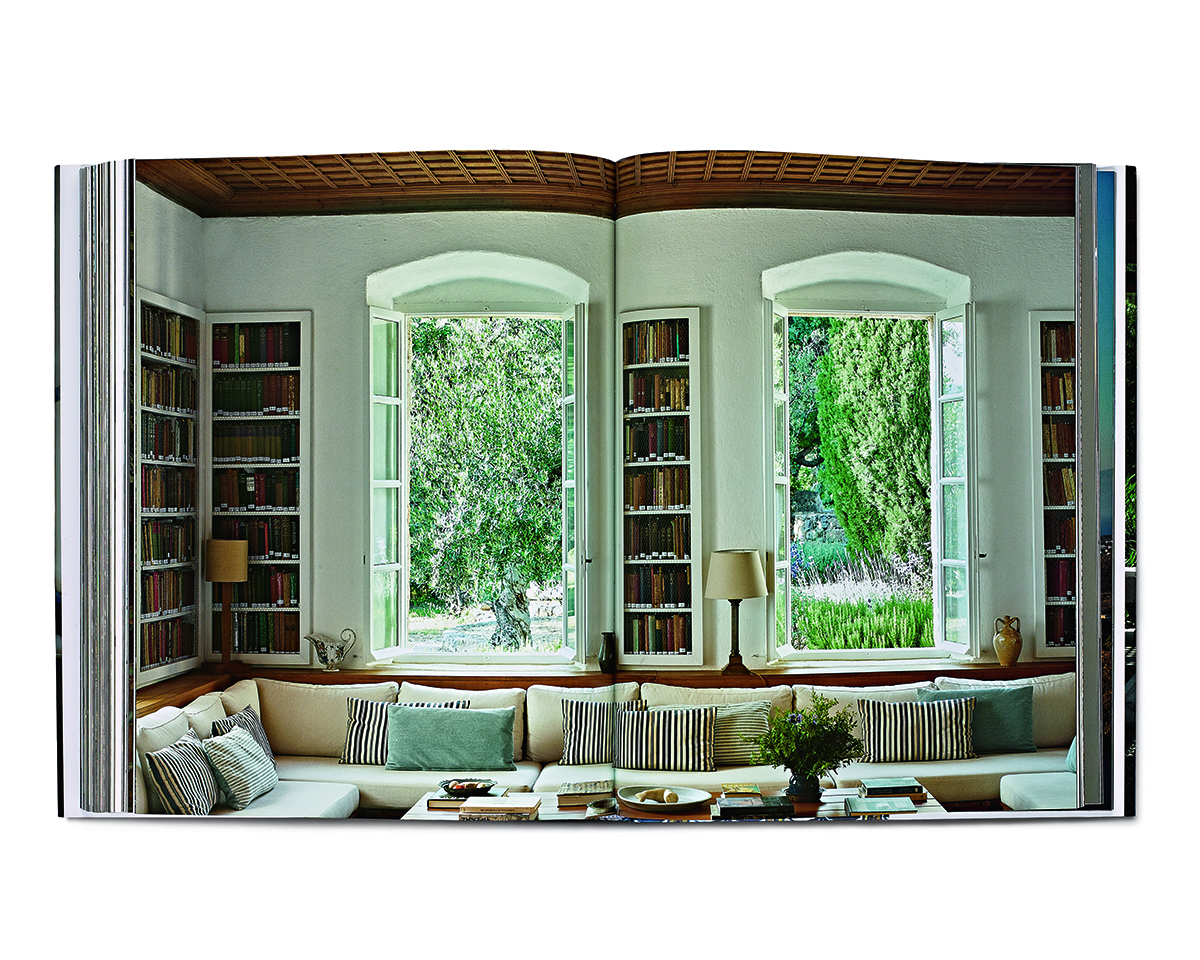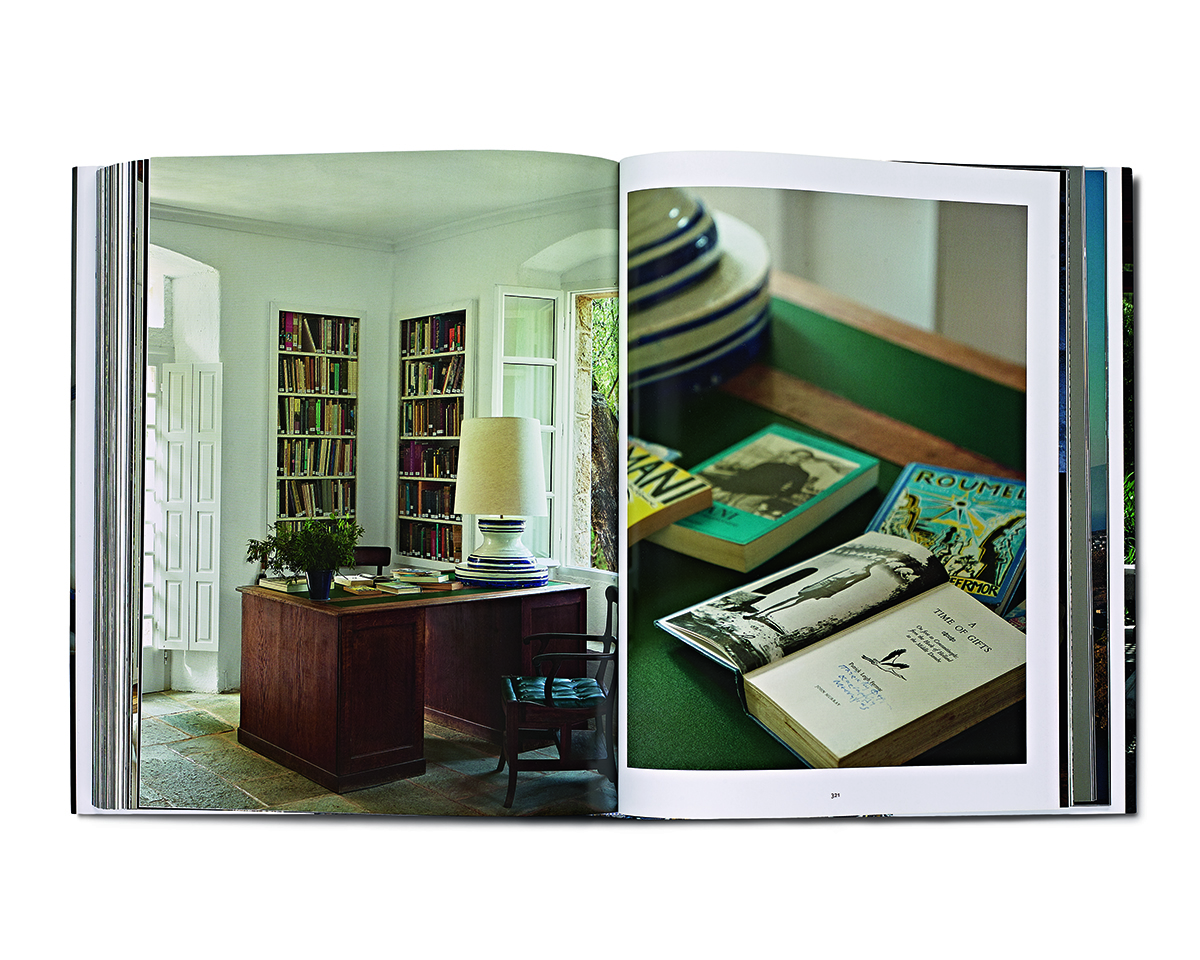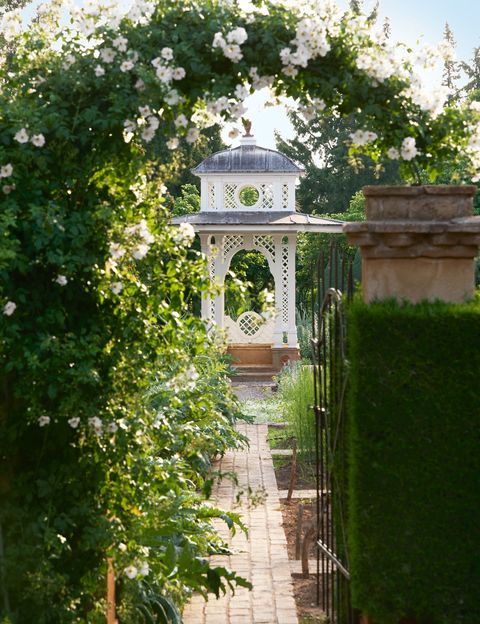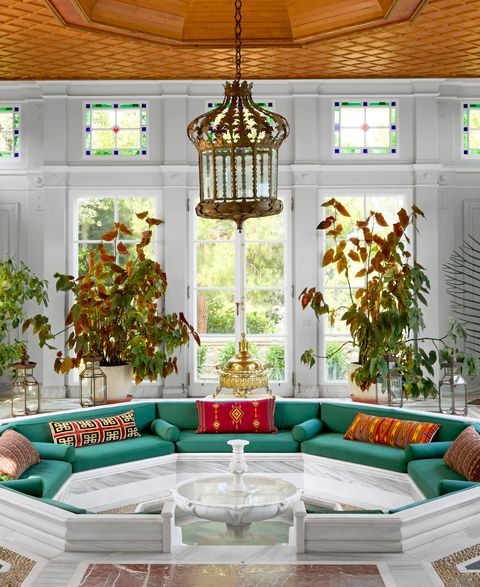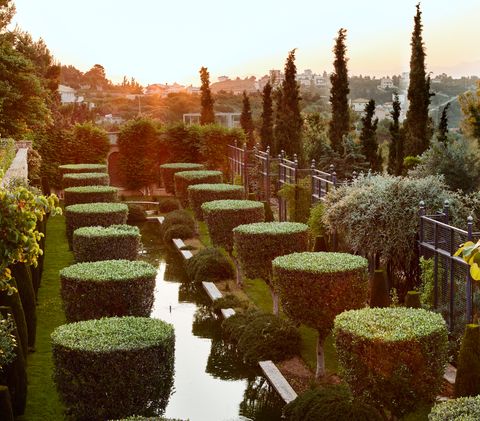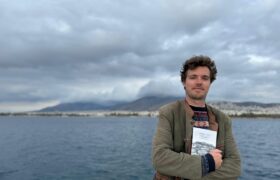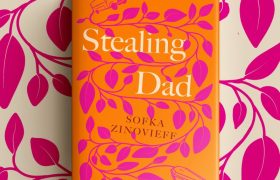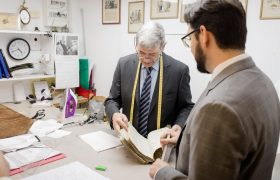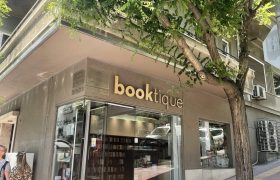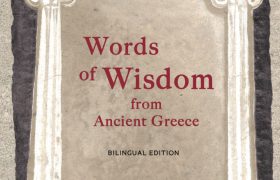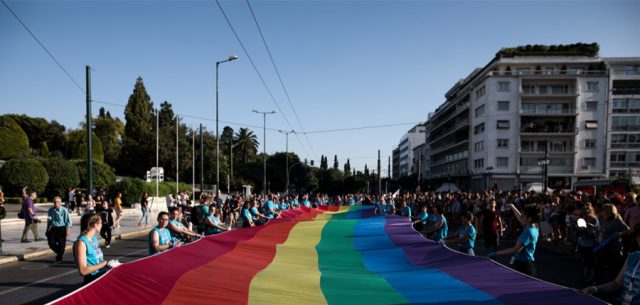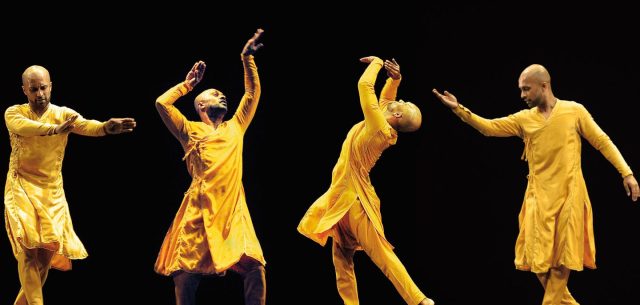Capturing the Psyche of Greece’s Most Beautiful Homes
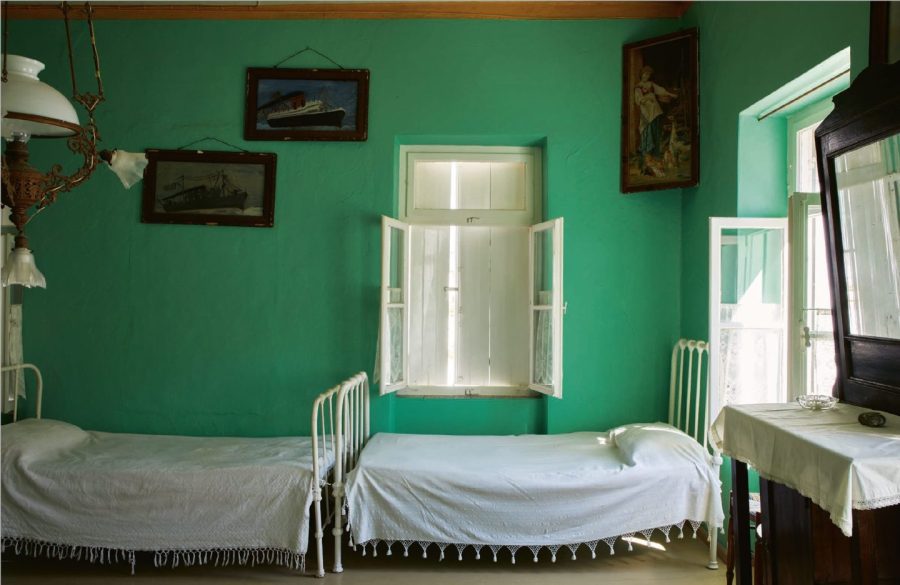
When Arabella von Friesen and John de Falbe of the legendary Chelsea bookstore John Sandoe, consistently voted as one of the UK’s best-loved independent bookshops, decided to do a podcast to promote Miguel Flores-Vianna’s Haute Bohemians in Greece, they knew they could count on writer Sofka Zinovieff, philhellene and John Sandoe fan. Miguel Flores-Vianna’s Haute Bohemians: Greece is a photographic odyssey into the rarified world of beautiful homes informed by the artistic sensibilities of their owners, the colorful characters who either live or have lived in these places – the ‘haute bohemians’. In this conversation with Sofka, he pays glorious, intimate homage to a country that he particularly loves.
- John Sandoe bookstore in Chelsea, London
Born in Argentina, but currently based in London, Miguel has been at the heart of the world of interior design, an amazing photographer of architecture and interiors, who often collaborates with magazines Cabana and Architectural Digest. His photographs have illustrated magnificent books on Monticello, the textiles of Nathalie Farman-Farma, the houses of Rose Tarlow, and he’s also done two gorgeous books of his own – Haute Bohemians in 2017 (which looked at some of the most beautiful and imaginative houses and gardens around the world, including El Foulk in Tangier, the house of the late and ever-missed Christopher Gibbs) and another book, A Wandering Eye, published in 2019. His new book, Haute Bohemians: Greece published in May 2023 brings the same sensitive eye to this magical country. A self-confessed “Hellenophile” who has visited Greece countless times since his childhood, Flores-Vianna invites us to join him in paying tribute to his beloved adopted nation, capturing the character and patina of this enchanting country through his trademark intimate, atmospheric photography and engaging texts.
Sofka Zinovieff: Miguel, it seems to me what you do is remarkable, because it’s not just about beauty, it’s the way that you enter a house and engage with it as if you’re entering a psyche and revealing its secrets. And I wonder is that how you think about the process?
Miguel Flores-Vianna: Well, I think when a photographer is allowed into a house, they’re allowed into a world, and that is what I try to convey. I’m not entering four walls and a roof, I’m entering the home that belongs to a person, or used to belong to a person. It is that person who makes the house interesting to me and that is what I try to convey. I try to see and seek elements that tell me about the personality of whoever lives there or used to live there. And I think all the great interiors of the world have been interiors that reflected the personalities of their owners. It’s really easy to have money and to pay for someone to do things for you and your house. It’s not easy to create your own world, and that requires a lot of things, amongst them, patience, and a wide eye to see things in a different way. So that is what I try to portray – the personality of someone through their rooms.
As an adopted Greek myself, I’d really like to ask you up front about your relationship with Greece. Though you travel a lot for your work, you’ve clearly got a very deep and long-lasting relationship with this country. How does an Argentinian become so devoted to a place this far from his roots? Could say how it all began and how it developed.
Well, I grew up with Philhellenes, my parents loved Greece and visited as often as they could, and in a way, they allowed me into their love of this country. And as soon as I was grown up enough to travel on my own, the first country I visited on my own was Greece. I was coming from the Southern Hemisphere, so we only have long holidays during the European winter, and my first visit to Greece was actually in the middle of winter. But even then, I could see this was a place that appealed to me, because there’s a lot of humanity amongst the Greeks, and I felt that immediately. It’s been like that every time I come back, and I’ve now been countless times. I cannot help but fall in love with this place due to its incredible beauty and history. But also, because the people are incredibly warm and welcoming, and so I feel very much at home there.
So, it was your parents that started you off as a traveller! I get the impression that you’ve got a real ‘lightness of being’ – that you are very adaptable as you move from country to country?
Well, I don’t know if they wanted me to be a traveller, but they certainly wanted me to be someone who knew that there was something beyond our natural borders, and that there was something beyond Argentina. Argentina is a wonderful country, but it’s ‘at the other end of the world’ so it’s very easy to stay in that world and not explore as much. They pushed me to get out and to see other things.
In this book, you’re capturing the essence or the spirit of a house or specific place, but also of a country. Were you looking for a common factor, or were you just finding a lot of beautiful houses?
It was quite tricky, because there are very beautiful houses in Greece and it would have been very easy to concentrate on just those, but I thought it would be a disservice, especially to the Greeks, to show only one face of the country, the face that foreigners see when they go there on holiday. I wanted to show a country that lives throughout the whole year, and I wanted to show the Greece that very few people get to see. We all see the beaches and we all see the Parthenon, and the classical monuments, but there’s a whole lot of Greece that happened after the Parthenon, after Delphi, that we don’t get to see. This is what I tried to show as much as I could.
I love the way you go beyond the archetypal blue and white of Greece, and show that the palette of Greek colour is actually much wider. There are some bright greens and pinks, and terracotta red, which you bring out so well. One of my favourite pictures is of those rust-red sails on the loveliest old wooden boat, set against the blue sea. And you bring out this distinct colour in other places as well: in a house in Thessaly in its wall paintings and roof tiles, a kind of Knossos red that people don’t usually associate with Greece but that is absolutely Greek.
Yes, one of the biggest pleasures in doing the book was to look beyond the standard Cycladic colour scheme, and to explore a little bit more of what Greece really is, which is a lot of things. There’s a lot of diversity in the culture, and that what I’ve tried to bring onto the pages; It’s a huge country, a culturally rich country, obviously you cannot show everything….
And since I love the country so much, it’s been a labour of love, and I felt this duty that I needed to show as much as I could of this country.
You write that you have a guiding question of ‘what would Min have done?’, referring to Min Hogg, founding editor of Interiors magazine. You say that she knew how to mix the grand, the humble, the new, and the old, and I wondered if you could say a bit about whether that mix is completely inherent to your concept of the ‘Haute Bohemian’? Would you avoid something only grand and old or humble and new?
I think in my concept of what the ‘Haute Bohemian’ is, there isn’t the grand or the humble, the old or the new. An Haute Bohemian in my mind is someone who lives authentically, so someone who surrounds themselves with things they love and cherish. Some of these things may be very grand, some very humble.
So, the Haute Bohemian is a personality that fluctuates, it encompasses many tastes, and I learned that with Min when she was editor in chief. She taught us about the diversity of interiors and the value of rooms, whether richly decorated or simple but truthful.
I’m fascinated by the intimacy of going into people’s houses, as these are not like exhibition spaces or museums. You go into their bedrooms, their kitchens, into their private interiors, literally and symbolically. To what extent do you have to tread carefully? Do you have to gain people’s trust? Are they friends? Do they become friends in the process? Because you’re stepping a delicate dance in needing to reveal while also being respectful.
It’s something that you learn when you do what I do. In certain cases, you know the owners and so there’s already a relationship there with these people and with the places you’re photographing. In other cases, you step into a house that you have never been to, and you don’t know the owners. In those instances, I think to myself that my photographs are probably going to live longer than I do, and I’m not going into a room to judge the room but to record it. I feel that if I’m trusted by an owner to allow me in, I should return that trust by trying to show each room in the best way I can.
- Patrick and Joan Leigh Fermor’s home in Kardamyli
It certainly feels like you photograph these houses with lots of respect and affection. Are there any houses that you particularly loved?
I’m not a portrait photographer because I am quite shy, and the relationship that you have to establish with a subject when you photograph a person is very intimate, even if it lasts two minutes. But I think I develop something like that with the rooms that I photograph. In a way I try to fall in love with them, because if I do then I will be able to portray them in their best light. So especially when I do a book, I end up falling in love with every single house, every single room. They all have a story.
I was very touched by some of them, for example this one house on Aegina that I discovered by chance, built in the 19th century by a shepherd, Alexandros Rodakis, who had no training in architecture or the arts. His sculptures were reminiscent of Picasso, long before Picasso, and he painted walls with colours that remind you of Knossos, long before Knossos had been rediscovered. There’s something almost magical that happened with this house, and I’m quite attached to its story.
- Details from Eleni Martinou’s home
A lot of these houses belong to Greeks, but a lot of them belong to foreigners who, such as you and I, fell in love with Greece. Can you pin-point what it is, why do so many people fall in love with Greece?
I think it’s the people, the people make you feel at home right away. In my experience, they don’t make a fuss, they just let you live. And when you ease into that life, with the delicious food, the amazing water, and the late nights in tavernas, you can’t help but fall in love with it.
To listen to the original John Sandoe podcast click here https://podcasts.apple.com/gb/podcast/miguel-flores-vianna-haute-bohemians-greece/id1480386250?i=1000613501850Located in Chelsea, London, John Sandoe Books has books on every available surface and nook spread across its 18th-century Georgian premises. With a wide stockholding of about 30,000 books, John Sandoe work assiduously on curating four lists a year that they put online and give out. To buy books from or to subscribe to John Sandoe’s list, click here https://johnsandoe.com/subscriptions/
Philhellene Sofka Zinovieff’s first book, Eurydice Street was published by Granta in 2004 and in this she describes settling in Athens with her Greek husband Vassilis. She’s also written about her Russian heritage – in that extraordinary biography, Red Princess, about her turbulent Communist Grandmother, a Dolgorouky princess – and about her grandfather Robert Heber-Percy in her best-selling memoir Mad Boy, Lord Berners, My Grandmother and Me. More recently her novel Putney was published to great success. She now lives between London and Athens, where she has done a fascinating series of podcast with Athenians from different walks of life, Athens Unpacked. https://sofkazinovieff.com/
Haute Bohemians: Greece by Miguel Flores-Vianna,Vendome Press, May 2023, is available at all good bookstores and online. €90. Miguel Flores Vianna will be at Mouki Mou, Plaka on June 12 to present his book.

